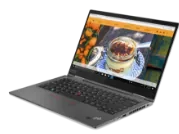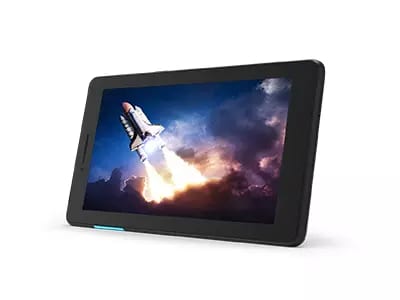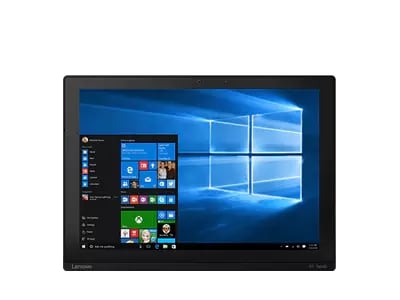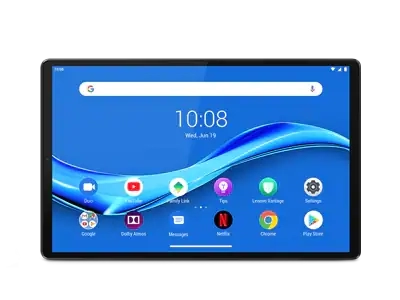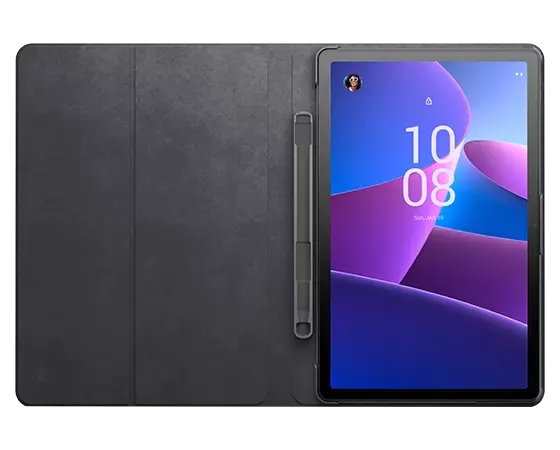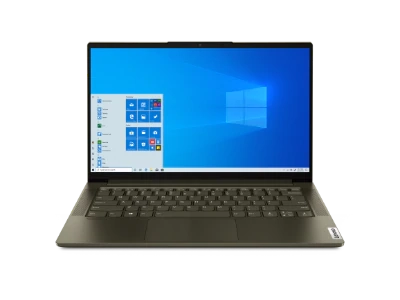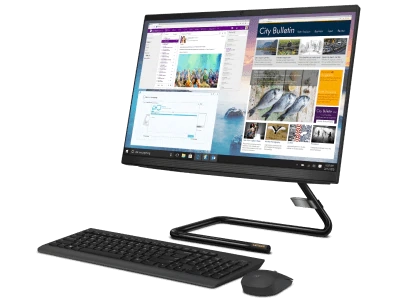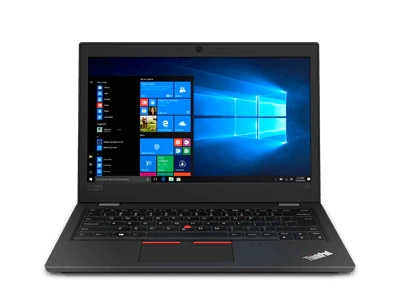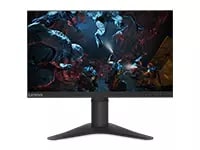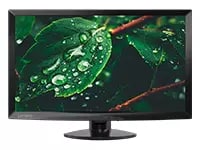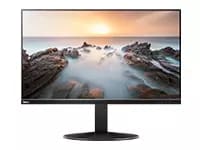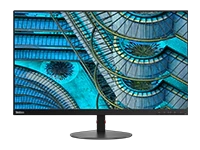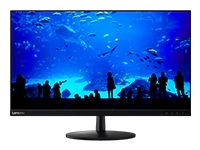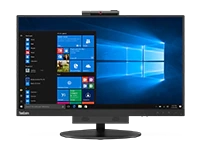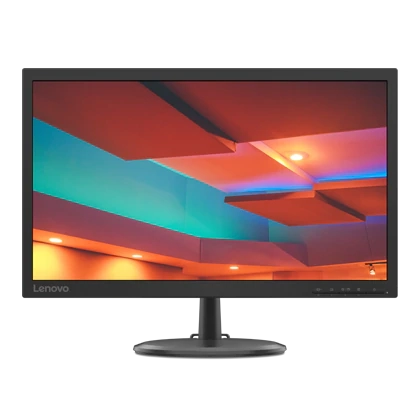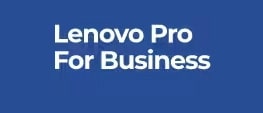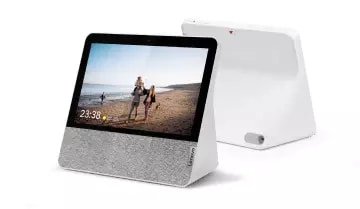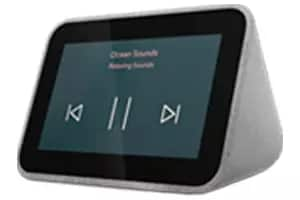Will Windows 10 be the last version of Microsoft Windows?
According to a statement by Microsoft's Jerry Nixon at Ignite Conference in 2015, "Right now we’re releasing Windows 10, and because Windows 10 is the last version of Windows, we’re all still working on Windows 10.” From this we get to know that Windows 10 will be the last version of Microsoft Windows. Once you have a Windows 10 laptop, a Windows 10 tablet, or a Windows 10 desktop you will be able to receive minor fixes, patches, and updates that are going to be rolled out on a regular basis. Microsoft has mentioned that customers would receive new features and security updates as soon as they arrive rather than waiting for a major release.
How do I qualify for Windows 10 free upgrade?
Microsoft stated that only users with a licensed version of Windows 7 or Windows 8.1 will be able to upgrade to Windows 10. It is free for the first year after which the user would be charged. Those users with Windows XP, Windows Vista, or other Windows OS need to install a licensed version of Windows 7 or Windows 8.1 in order to be eligible for the free Windows 10 upgrade.
Microsoft Executive, Gabriel Aul stated in his tweet, “Under no certain terms that anyone running a pre-release build connected with registered MSA [Microsoft Account] would remain activated on the final build of Windows 10”. In other words, if you were a registered user of the Insider beta version of Windows 10, this new operating system would not be free for you. It would be free for you only if you are using a genuine copy of Windows 7 or Windows 8.1 in the device you wish to install Windows 10.
Which hardware devices are supported by Windows 10?
Since Windows 10 is a cross-platform OS, there would be many hardware devices which support Windows 10 on Windows 10 tablets, Windows 10 convertibles, and Windows 10 PCs. Two such upcoming devices are:
- Microsoft HoloLens: Won’t you like to change what you see around you? If your answer is yes, then Microsoft HoloLens is just the device you would need. This device which has a see-through holographic computer enables high-definition holograms come to life as you see it from your point of view. Microsoft HoloLens would redefine the way you think and help you to enhance your creative side.
- Microsoft Surface Hub: This Surface-series interactive whiteboard is a device that helps you to engage meetings in a meaningful and productive way. Everyone can contribute ideas on the screen, which also mirrors and appears on devices such as tablets, desktops, or even laptops. Microsoft Surface Hub is really useful as it gets the team to collaborate and come out with better results at the end of the meeting.
What are the new features to look out for in Windows 10 Laptops and Windows 10 Desktops?
There are many new features which are really going to give a whole new meaning to Windows 10. Some of these features are:
- Increased Security: Microsoft mentioned that they would add three improved securities, they are “two-factor authentication, file containerization, and app signing”. This would enhance the security in your system.
- Hyper-V Virtualization: Hyper-V is a feature that comes with Windows 10 Operating System. To effectively use Client Hyper-V, Windows 10 Pro and Windows 10 Enterprise users require a 64-bit system with second level address translation (SLAT) capability and an additional 2 GB of RAM.
- Edge Browser: Microsoft has come out with a new internet browser that will replace the aging Internet Explorer browser. Initially developed under the codename “Project Spartan”, Microsoft Edge the latest web browser, will give you faster and better search results, it safely stores your web page collection in a central location, it enables you to directly write or doodle on the web page, it also allows you to read articles and documents wherever you are. The reading layout can be customized to ease your reading comfort so that you are less distracted.
- Cortana: Isn’t it fun to have your own virtual personal assistant? Microsoft has made this possible with Cortana in Windows 10. Shaped as a search box and located next to the start button is Cortana, your personal assistant. Cortana will be able to search the web for you, help you with your calendar schedules, and even tell you jokes to lighten your day, these and many more are some of the things you can do with Cortana. The more you interact with Cortana, the more she learns from you and improves in her searches and can serve you better. You can either type or speak anything you want to know and Cortana will reply.
- Calendar: This easy to use calendar app in your Windows 10 Laptop and Windows 10 PC is going to ease your life. However, to effectively use the calendar you need to be online. Microsoft came out with this online calendar that can connect to multiple accounts and help to manage work and personal schedules. This calendar cannot be used to create events that are local in a particular PC. When a calendar account gets created, it gets integrated to the user’s mail too. You can also view your calendar events even when the screen is locked.
- Continuum: This is an additional feature available in Windows 10. This feature allows multi-touch in Windows Tablet Laptops and convertible Laptops. Continuum enables easy toggling between touch interfaces and non-touch environments. When a keyboard is attached, Continuum transforms the device into a desktop mode where you can use the keyboard and mouse. When the keyboard gets detached, it again becomes touch enabled.
- Backup and Recovery: Backup and Recovery for Windows 10 PCs is easy to use. Documents and files can be replicated and saved for future use. Hard disk imaging ensures that you do not lose out on any of your important data from the drives in times of hard disk failures. Some of the tools used in backup and recovery are:
- File History: Backup your important files and data automatically with the File History tool. With this tool, you will be able to save files and documents in a different hard drive or network folder. You can easily revert to previous version of files in case the current files get corrupted.
- PC Reset: With the PC Reset tool you will be able to reset the data in your PC. You can select whether you want to retain or remove documents and apps when you reset the PC.
- System Image Backup: Create a backup of your entire hard disk with this tool. You can restore the data from the hard disk at a later period if you face any system issues.
- Windows Recovery Environment: Facing system issues? Fret not. Microsoft has a set of advanced tools that will help restore your system. You can recover lost data through means of system restore, system image recovery, startup repair, command prompt, and selective startup.
You can make individual updates to the built-in apps and also update MS Office for Windows 10 PCs. Users can either choose to receive updates in bundles or receive updates as and when they are released.
What are some of the features and apps that would be missing in Windows 10?
Microsoft decided to cut down on some features and apps. This might startle some who love apps such as Solitaire, minesweeper, Windows Media Center, and so on. Below are some of the features and apps that you might not find when you upgrade to Windows 10.
- Those using Windows 7 Home Premium, Windows 7 Professional, Windows 7 Ultimate, Windows 8.1, and Windows 8.1 Pro will not be able to use Windows Media Center when they upgrade as it is not available in Windows 10.
- A separate playback software is needed to play DVD’s.
- Desktop gadgets that you find in Windows 7 are not available in Windows 10.
- Pre-installed games such as Minesweeper, Solitaire, and Hearts that you find in Windows 7 will not be available in Windows 10.
- Those still using USB Floppy Drives, will have to download the latest driver from Windows update or from the manufacturer’s website as this will also not be available in Windows 10.
- Users of Windows Live Essentials will find that their OneDrive application is replaced with inbox version of OneDrive when they upgrade to Windows 10.
What are the system requirements needed to run Windows 10 on a Desktop, Tablet, or a Laptop?
To run Windows 10 on a Laptop, Windows 10 Tablet PC, Windows 10 Desktop, Windows 10 Convertible Tablet, or any other device running Windows 10 you would require the below requirements:
- Processor: 1 GB RAM for 32-bit and 2 GB for 64-bit processor.
- Operating System: You would need to have the latest versions of Windows 7 or Windows 8.1 in order to install Windows 10.
- Hard disk Capacity: 16 GB of free hard disk space would be needed for a 32-bit and 20 GB for 64-bit is required.
- Resolution: A resolution of 1024X600 is ideal for best viewing.
- Graphics: A minimum of DirectX 9 with WDDM 1.0 Driver is needed for graphics. For gamers and the tech savvy, DirectX 10 or higher is a good option.
- Microsoft Account: An internet connection is needed to create a Microsoft Account (MSA) and install Windows 10 in your respective devices be it laptops, tablets, or desktops.
However, there are few additional requirements needed to run certain features. Two such features are:
- Miracast: Want to mirror your PC, tablet, or laptop display on your TV? You can do so with Miracast without having the need of plug in HDMI cables. Earlier used in Windows 8.1, this has been upgraded to be compatible with Windows 10. To use this, you would require a display adapter which supports Windows Display Driver Model (WDDM) 1.3 and a Wi-Fi adapter that supports Wi-Fi Direct.
- BitLocker: Earlier called as BitLocker Drive Encryption. This is a feature that encrypts entire hard disks. It was used previously in Windows 7 Ultimate and Enterprise editions and in Windows 8.1 Pro and Enterprise editions. It provides protection to the Operating System you are currently using as well as it safeguards data stored in the hard disks. BitLocker To Go, which is available only for Windows 10 Pro users requires a USB flash drive. Windows 10 Pro and Windows 10 Enterprise users require either Trusted Platform Module (TPM) 1.2, TPM 2.0, or a USB flash drive.
How many editions of Windows 10 are there?
Windows 10 is a cross-platform OS that will soon be available for tablets, mobile devices, desktops, convertible PCs, and laptops. For all types of devices Windows 10 will be coming out in two editions – Windows 10 Home Edition and Windows 10 Pro Edition. Windows 10 Home Edition is cost effective and has fewer features as compared to Windows 10 Pro Edition as it is aimed at budgeted consumers and small businesses. Whereas the high-quality Windows 10 Pro Edition is costly as it provides all the features. It also offers features that will brighten the day of any computer enthusiasts.
How do I upgrade my Lenovo ThinkPad to Widows 10 from Windows 7 or Windows 8.1?
You will be able to freely upgrade your genuine Windows 7 or Windows 8.1 to Windows 10.
Below is a tabulated representation of the Windows 10 upgrade as displayed on the official Microsoft website for Windows 7 and Windows 8.1.
Windows 7
| Windows 7 Starter | Windows 10 Home |
| Windows 7 Home Basic | |
| Windows 7 Home Premium | |
| Windows 7 Professional | Windows 10 Pro |
| Windows 7 Ultimate |
Windows 8
| Windows Phone 8.1 | Windows 10 Mobile |
| Windows 8.1 | Windows 10 Home |
| Windows 8.1 Pro | Windows 10 Pro |
| Windows 8.1 Pro for Students |
How is Windows 10 different from earlier versions of Windows?
Microsoft decided to bring about a difference in the new Windows 10 from that of Windows 8.1 interface. From the look and feel, to the way it responds, and so on, Windows 10 is going to take the world by storm. Codenamed “Threshold”, Windows 10 belongs to the family of Windows NT platform. It is absolutely free for genuine Windows 7 and Windows 8.1 users.
The ultimate goal of Microsoft is that the Windows 10 Operating System are unified across PCs, Laptops, Notebooks, Tablets, Smartphones, Xbox One, embedded systems, and also in new products such as HoloLens and Surface Hub. These applications get shared via Universal Application Architecture and Windows Store ecosystem and are run on an updated Windows Runtime platform. The Universal Application Architecture allows applications to be modified for effective use between platforms while sharing a common code.
How do I install Windows 10 in my Lenovo ThinkPad?
If you are a genuine Windows 7 or Windows 8.1 user, upgrading your Lenovo ThinkPad Laptop to Windows 10 would be easy. You just have to click the Windows logo icon that is on the right side of your taskbar to “Reserve” your Windows 10 free upgrade. Once you reserve your copy of Windows 10, it will be downloaded once it is available and you will be notified after the download. You can then choose to install it right away or install it later in your Laptop or Tablet. Most Lenovo ThinkPads will be Windows 10 compatible laptops shortly after its launch.
If you are not eligible for the free Windows 10 update, you can either purchase Windows 10 Home or Windows 10 Pro edition in 32-bit or 64-bit version depending on your preference in a USB stick / USB flash drive, download it from the website, or a DVD.






